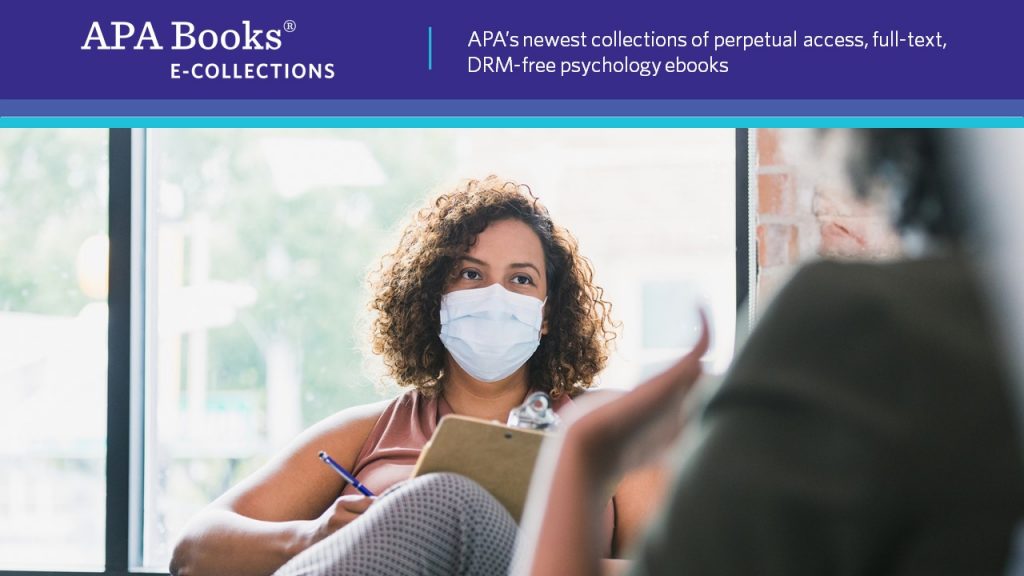
It’s Tutorial Thursday! In this series, we explore APA’s library of video tutorials available on the APA Publishing Training YouTube channel. Please feel free to link to or embed our videos in your library websites or LibGuides, course management systems, or other locations where students, faculty, and researchers will find them.
Our newest tutorial gives an overview of The MyAPA Homepage.
In this video you’ll learn how to use your MyAPA homepage. We’ll explore how to retrieve resources such as databases, journals, and book chapters that are available to you through your subscriptions or purchases. We’ll also demonstrate how to set up alerts to be notified when new APA resources become available.
By the end of this video you will be able to:
- Login to your MyAPA account
- Update your APA profile
- Access any databases, magazines, journals, pdfs, or book chapters that are available to you
- Set up a journal, book, database, news, newsletter, or research alert.



